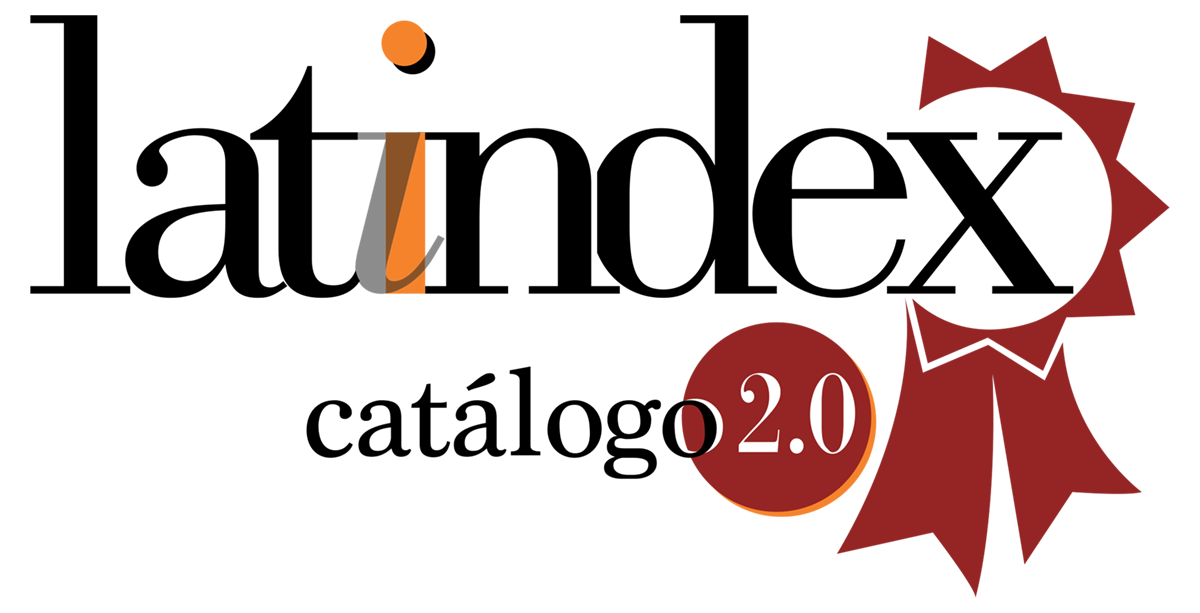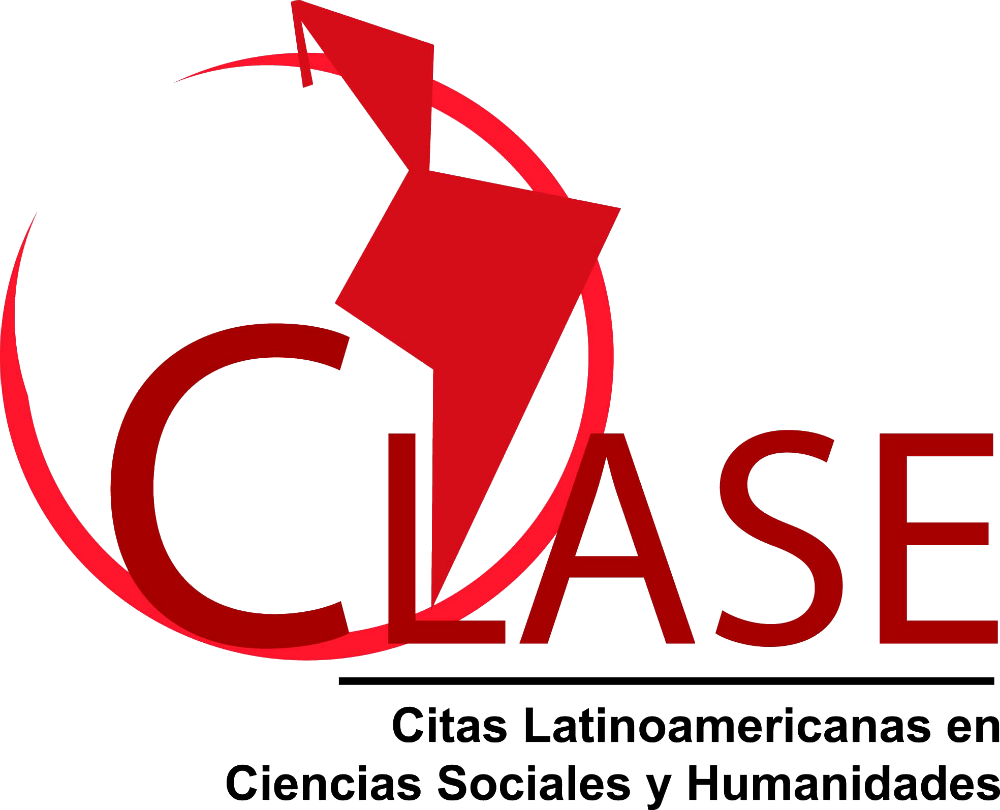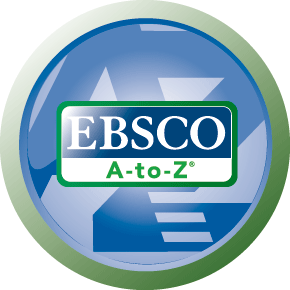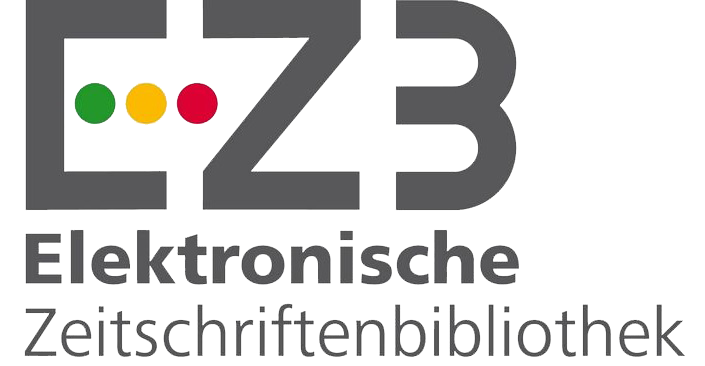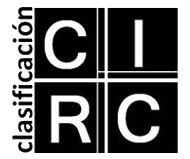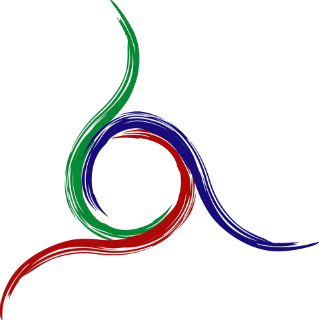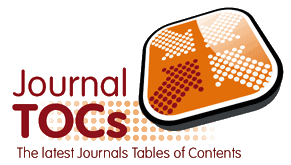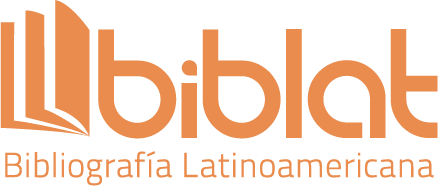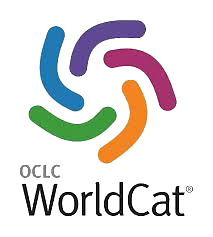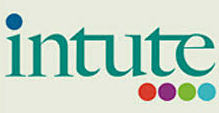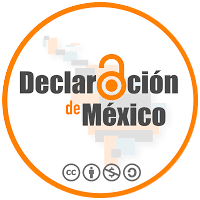Europe's Dream
Alexander von Humboldt and communication with alterity in Jorge Acha’s Homo-Humus and Mburucuyá, cuadros de la naturaleza
DOI:
https://doi.org/10.24215/16696581e741Keywords:
Argentine cinema, screenplay, scientific culture, scientific expedition, perception of the otherAbstract
This essay addresses the problem of communication as it is displayed by the screenplay Homo-Humus and the feature film Mburucuyá, cuadros de la naturaleza by Jorge Acha. Both works focus on part of Alexander von Humboldt and Aimé Bonpland's journey through South America, specifically their stay in the Orinoco jungle and their contact with the Yaruro people. Humboldt contemplates nature ecstatically and aesthetically, but that way of relating to the environment is instrumental to the collection of specimens and the making of measurements of all kinds without understanding how this procedure affects the worldview of the indigenous people. This contradiction marks an internal division within Humboldt himself. Bonpland, for his part, departs from Alexander's attitude as he blends in with the local population, thus embodying an alternative way of knowing. The Yaruros, in turn, maintain a poetic relationship with the environment, their way of communicating, unlike Humboldt's, does not break the continuum between culture and nature. Acha proposes, as a communicative solution to the disagreement, that Europeans and indigenous people eat each other's lice, hence that they fraternize carnally and horizontally.
Downloads
References
Acha, J. L. (Director). (1996). Mburucuyá, cuadros de la naturaleza [película]. Recuperada de: https://vimeo.com/79920713
Acha, J. L. (2012). Homo-Humus. En Escritos póstumos volumen 1 (pp.103-144). Córdoba, Argentina: Alción.
Bell, S. (2010). A Life in Shadow. Aimé Bonpland in Southern South America, 1817-1858 [Una vida en sombra. Aimé Bonpland en el sur de América del Sur, 1817-1858]. Stanford, Estados Unidos: Stanford University.
Bernstein, G. (2012). Prólogo. En J. L. Acha, Escritos póstumos volumen 1 (pp. 7-102). Córdoba, Argentina: Alción.
Bovisio, M. A. y Penhos, M. (2017). Mburucuyá o los artificios de la representación. En G. Bernstein (Comp.), Jorge Acha: una eztétyka sudaka (pp. 105-134). Ciudad Autónoma de Buenos Aires, Argentina: Ítaca.
Colombres, A. (2005). Teoría transcultural del arte. Ciudad Autónoma de Buenos Aires, Argentina: Del Sol.
Dassow Walls, L. (2009). The Passage to Cosmos. Alexander von Humboldt and the Shaping of America [El pasaje al Cosmos. Alexander von Humboldt y la organización de América]. Chicago, Estados Unidos: The University of Chicago.
Dassow Walls, L. (2012). Author’s response [Respuesta de la autora]. En J. Darwin Hamblin (ed.), H-Environment Roundtable Reviews, 2(4). https://networks.h-net.org/system/files/contributed-files/env-roundtable-2-4.pdf
Dewey, J. (1929). Experience and Nature [Experiencia y naturaleza]. Londres, Reino Unido: George Allen & Unwin.
Fernández-Armesto, F. (2012). Comments by Felipe Fernández-Armesto, University of Notre Dame [Comentarios de Felipe Fernández-Armesto, Universidad de Notre Dame]. En J. Darwin Hamblin (ed.), H-Environment Roundtable Reviews, 2(4). https://networks.h-net.org/system/files/contributed-files/env-roundtable-2-4.pdf
Lubrich, O. (2018). Humboldtian Landscapes [Paisajes humboldtianos]. En J. Andermann, L. Blackmore y D. Carrillo Morell, Natura. Environmental Aesthetics After Landscape [Natura. Estética ambiental después del paisaje] (pp. 73-110). Zurich, Suiza: Diaphanes.
Nicolson, M. (1987). Alexander von Humboldt, humboldtian science and the origins of the study of vegetation [Alexander von Humboldt, la ciencia humboldtiana y los orígenes del estudio de la vegetación]. History of science, 25(2), pp. 167-194. https://www.researchgate.net/publication/234242410_Alexander_von_Humboldt_Humboldtian_Science_and_the_Origins_of_the_Study_of_Vegetation
Pratt, M. L. (2008). Imperial Eyes. Travel Writing and Transculturation [Ojos imperiales. Escritura de viajes y transculturación]. Nueva York, Estados Unidos: Routledge. (Original publicado en 1992).
Reidy, M. S. y Zizzamia, D. (2012). Comments by Michael S. Reidy and Daniel Zizzamia, Montana State University [Comentarios de Michael S. Reidy y Daniel Zizzamia, Universidad del Estado de Montana]. En J. Darwin Hamblin (ed.), H-Environment Roundtable Reviews, 2(4). https://networks.h-net.org/system/files/contributed-files/env-roundtable-2-4.pdf
Robinson, M. F. (2012). Comments by Michael F. Robinson, University of Hartford [Comentarios de Michael F. Robinson, Universidad de Hartford]. En J. Darwin Hamblin (ed.), H-Environment Roundtable Reviews, 2(4). https://networks.h-net.org/system/files/contributed-files/env-roundtable-2-4.pdf
Russo, E. A. (2017). La espesura del otro: Mburucuyá y el barroco americano. En G. Bernstein (Comp.), Jorge Acha: una eztétyka sudaka (pp. 145-161). Ciudad Autónoma de Buenos Aires, Argentina: Ítaca.
Saer, J. J. (2014). El concepto de ficción. Barcelona, España: Seix Barral.
Scavino, D. (2010). Narraciones de la independencia. Ciudad Autónoma de Buenos Aires, Argentina: Eterna Cadencia.
Wulf, A. (2016). La invención de la naturaleza. El nuevo mundo de Alexander von Humboldt (Trad. M L. Rodríguez Tapia). Ciudad Autónoma de Buenos Aires, Argentina: Taurus.
Downloads
Published
How to Cite
Issue
Section
License
La aceptación de un original por parte de la revista implica la cesión no exclusiva de los derechos patrimoniales de los/as autores/as en favor del editor, quien permite la reutilización, luego de su edición (postprint), bajo una Licencia Creative Commons Atribución-NoComercial-CompartirIgual 4.0 Internacional (CC BY-NC-SA 4.0)
Acorde a estos términos, el material se puede compartir (copiar y redistribuir en cualquier medio o formato) y adaptar (remezclar, transformar y crear a partir del material otra obra), siempre que a) se cite la autoría y la fuente original de su publicación (revista y URL de la obra), b) no se use para fines comerciales y c) se mantengan los mismos términos de la licencia.
La cesión de derechos no exclusivos implica que luego de su edición (postprint) en Question las/os autoras/es pueden publicar su trabajo en cualquier idioma, medio y formato; en tales casos, se solicita que se consigne que el material fue publicado originalmente en esta revista.
Tal cesión supone, también, la autorización de los/as autores/as para que el trabajo sea cosechado por SEDICI, el repositorio institucional de la Universidad Nacional de La Plata, y sea difundido en las bases de datos que el equipo editorial considere adecuadas para incrementar la visibilidad de la publicación y de sus autores/as.
Asimismo, la revista incentiva a las/os autoras/es para que luego de su publicación en Question depositen sus producciones en otros repositorios institucionales y temáticos, bajo el principio de que ofrecer a la sociedad la producción científica y académica sin restricciones contribuye a un mayor intercambio del conocimiento global.







